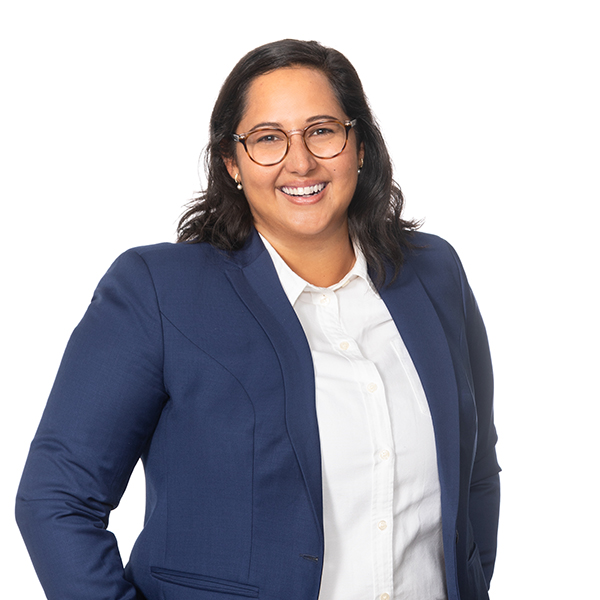Following the release of the groundbreaking final report of the Challenges Faced by Racialized Licensees Working Group, the Law Society of Ontario and many firms across the province began to turn the gaze of justice inward – on diversity within firms, from staff and associates to advancement and firm leadership. To that end, the Law Society requires any legal workplace with at least 10 licensees to implement and maintain a human rights and diversity policy. This human rights and diversity policy must, at the very least, address fair recruitment, retention, and advancement.
Most law firms have a long way to go in providing a safe and inclusive space for employees. The Law Society has created a range of resources to assist firms in making meaningful changes – from hiring, training, and education within firms, to identifying and understanding the structural barriers that can help or hinder these efforts.
The Rules of Professional Conduct also affirm that lawyers have a “special duty” to respect human rights and honour the obligation not to discriminate. Beyond direct discrimination, this means equipping lawyers to issue-spot adverse effect discrimination in their own firms, including the habits, rules and processes that unwittingly reproduce systemic discrimination. To that end, as the hiring season kicks into gear, here are four mindset shifts to help us all notice barriers to equality and inclusion in legal workplaces.
1. Notice privilege and lived experience in the day-to-day
Professionals face similar joys and challenges; like winning an appeal or reaching an excellent settlement for your client. However, despite the commonalities, staff and lawyers experience the legal industry in very different ways. Where one lawyer may rarely experience harassment by clients, another might be on the receiving end of micro aggressions or overt harassment on a daily basis because of their gender, religion or appearance. Lawyers executing exactly the same task might have completely different experiences. For instance, an associate whose first language is not English who has been told that they “don’t sound Canadian” will face a completely different host of pressures in preparing for oral argument than a lawyer whose accent has never been questioned. Leaders in law firms should pay attention to these differences and be prepared to offer supports that are not one-size-fits-all, even if it means re-thinking the business model and longstanding practices.
2. Notice invisible social and professional networks.
Need to hire in a pinch or refer a client? Calling an old friend may be the first thing that comes to mind. However, the ease of these familiar networks can also be exclusionary. Creating a hiring process that is as transparent as possible and creates opportunities for candidates who don’t have pre-existing connections to the firm to shine are critical to breaking down these barriers.
In the words of a young, racialized associate: “I remember going to in-firm dinners and trying to contribute to the conversation and share my own lived experiences where appropriate, only to be met with blank looks and silence. The simple act of listening more and talking less and being aware of how certain common conversational topics may be exclusionary to people who haven’t grown up with those experiences – these things are always helpful.”
Another concrete action is setting up a systematic mentorship program, and planning activities that encourage friendship and mentorship outside of pre-existing social networks.
3. Acknowledge shortcomings.
Many law firms are grappling with how to increase diversity, and provide a safe and inclusive space for employees. In this process, firms should recognize and acknowledge when there is an area that needs improvement. For example, if a firm has done a survey focused on diversity and inclusion, share the steps being taken to address the results of the survey. If the partnership fails to represent the diversity of associates, acknowledge the issue and articulate how that will be addressed moving forward.
As another racialized associate explained: “When I was interviewing for summer jobs, I asked a firm what they were doing to improve diversity, given that they appeared to have no racial diversity or queer representation. The interviewer responded by saying that she did not know of any efforts at the firm to address the lack of diversity. The response was disappointing, and I ultimately turned down their job offer because when I pointed out a shortcoming, they didn’t recognize the need for improvement.”
4. Break the mould.
Finally, leaders in law firms shouldn’t underestimate the impact of their actions in giving permission to all staff and associates to express their identity. There are a host of intangible signals that workplaces can send to indicate that an expression of gender identity, cultural tradition and diversity, or family status is welcome and celebrated.
For instance, leadership can notice and make space to mark cultural holidays. Leadership can also ensure that a professional dress code doesn’t inadvertently require lawyers to “whiten up”, or perform gender in a specific way. For example, if a knee length pencil skirt is considered “professional”, why is a full-length abaya, or a kurta not? Sharing our own pronouns before an interview, and inviting candidates to do the same, is another way to open space for various gender identities.
Taking time for personal reflection is a critical first step. However, it is important that our work does not end at personal reflection. None of these shifts, taken alone, will be sufficient to create the deeper, structural changes that are needed across the legal system to redress systemic discrimination and ensure equality for all.




